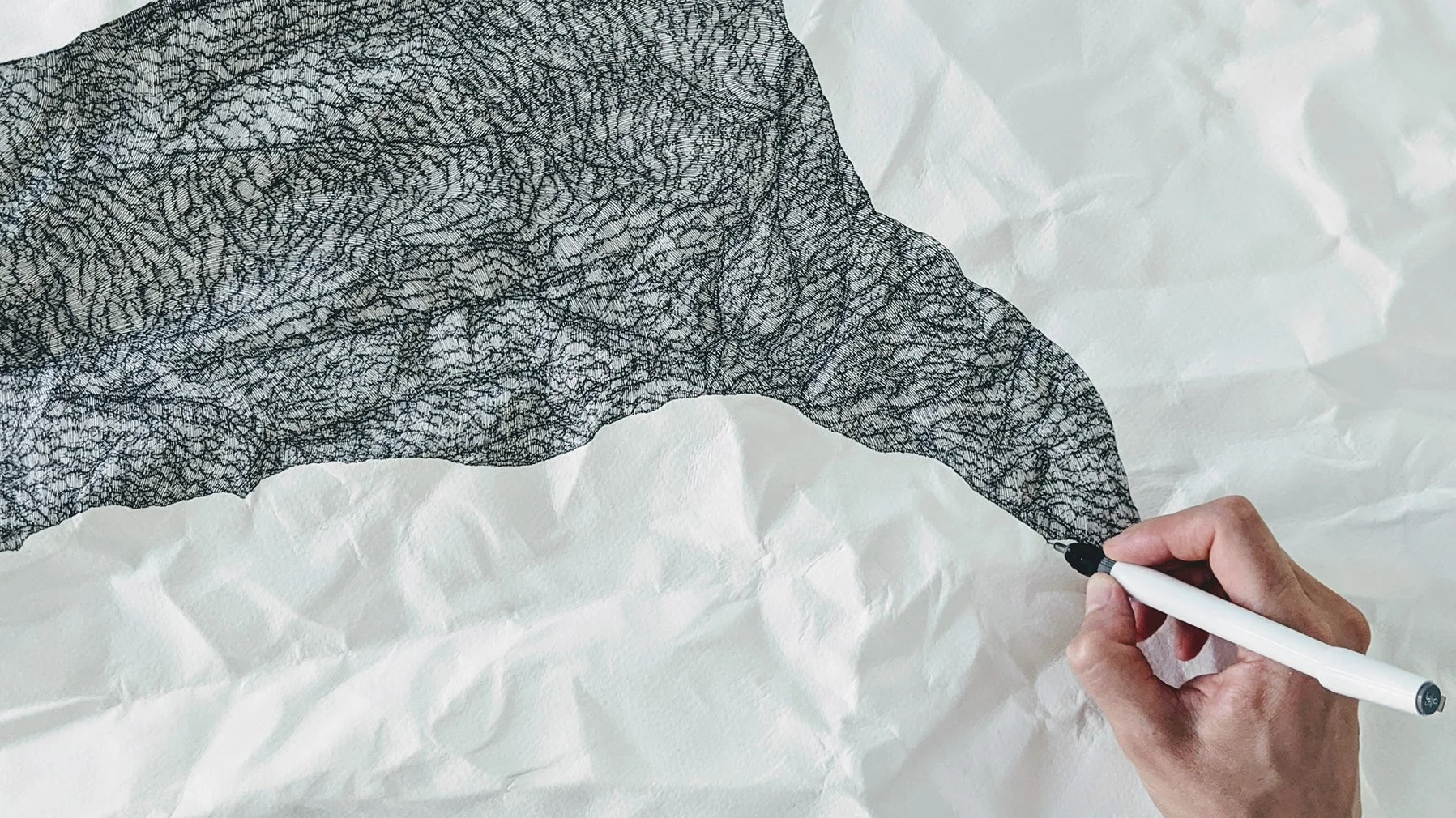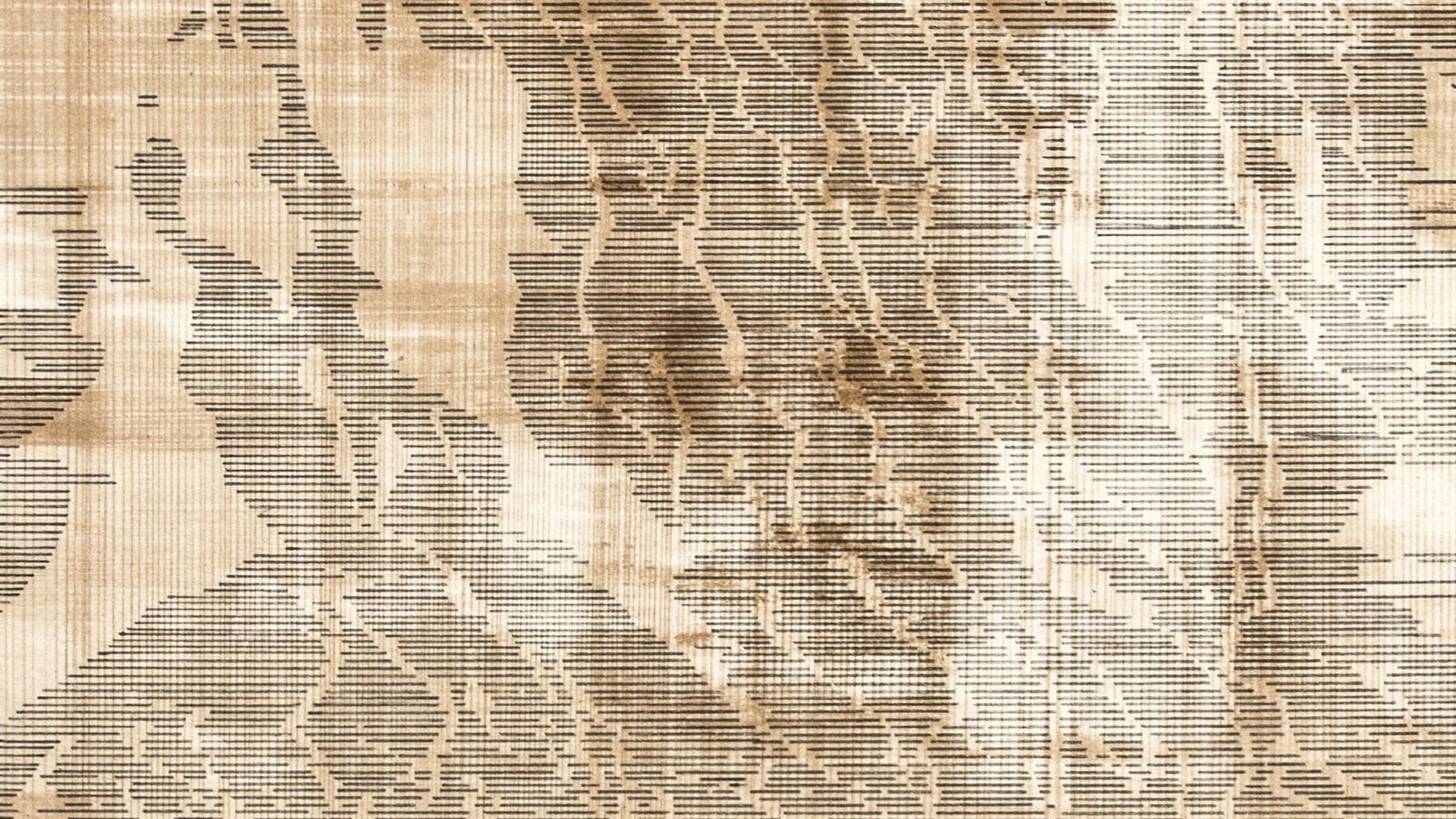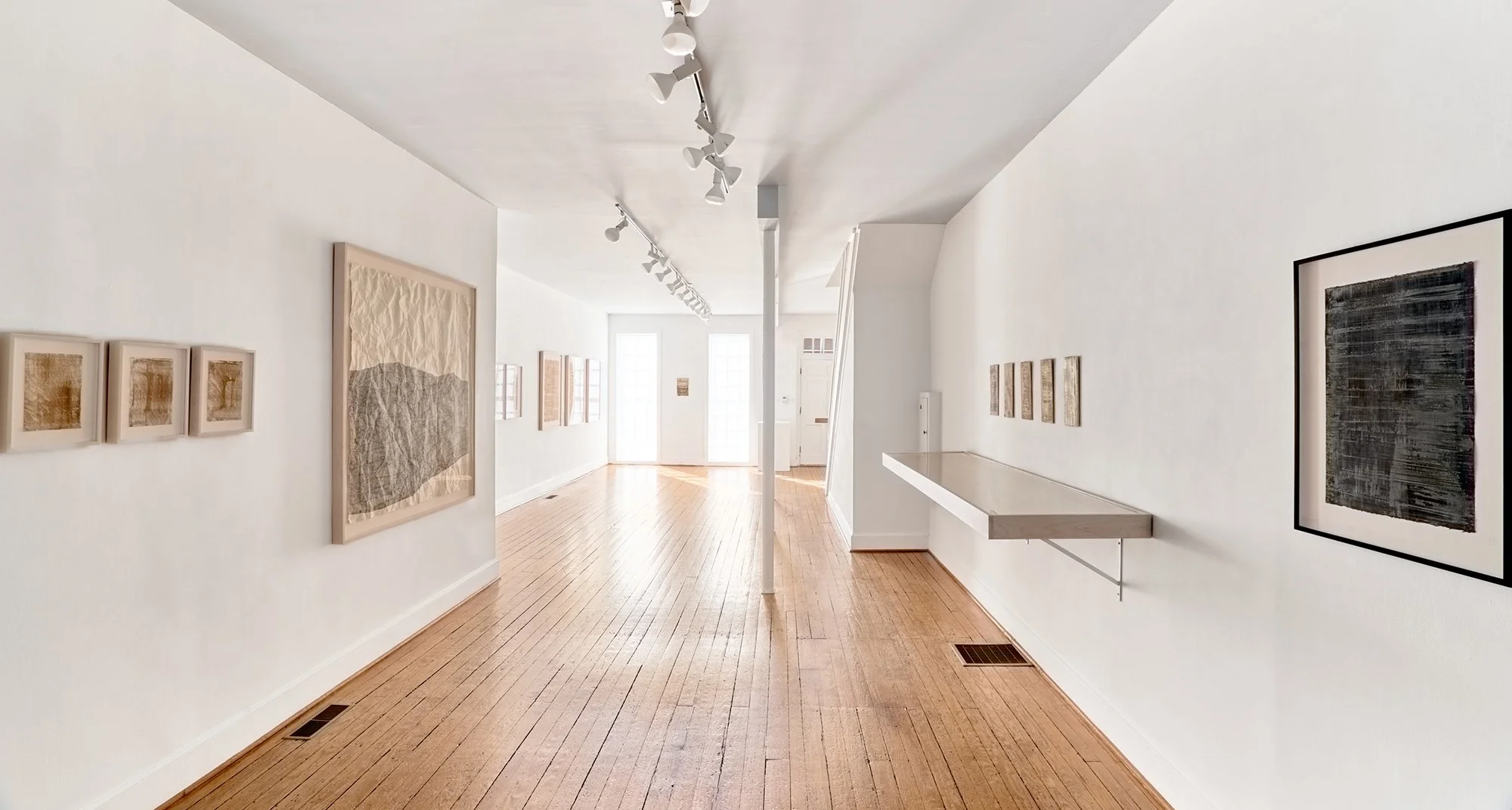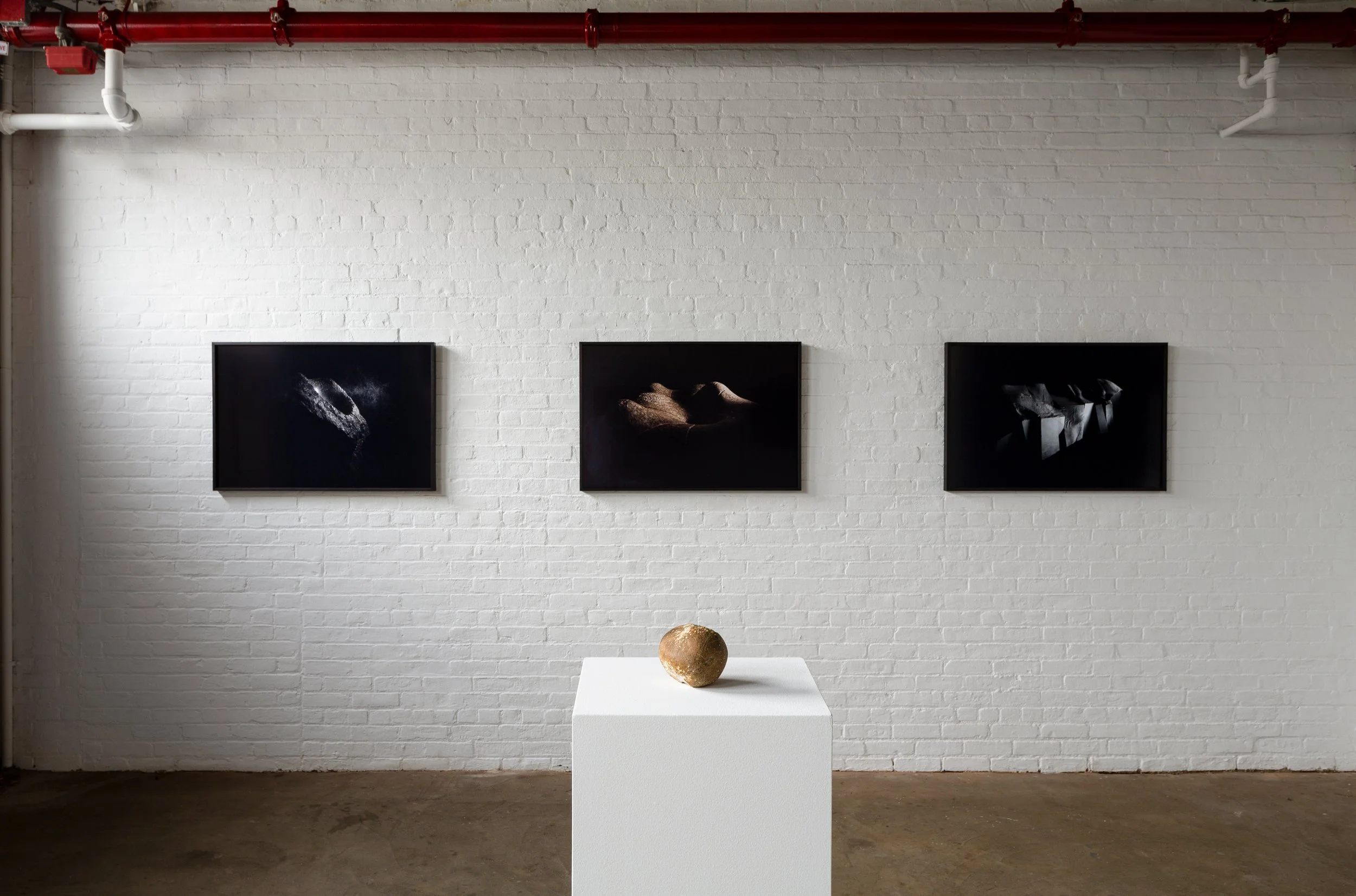Leah Raintree is an artist based in Richmond, VA and Brooklyn, NY. Her practice engages the interconnection between humanity, time, and the Earth.
Raintree works through an experimental drawing practice that spans media, treating the process of mark-making as a form of attentive translation: exploring how time, memory, and phenomenon are inscribed within the planet.
Raintree grew up on a small farm in rural Virginia, returning to early experiences of “touching earth” as a generative act that informs her practice. She often integrates site-specific materials directly into projects, treating the Earth, time, and matter not only as subjects, but as active participants in the work. Her practice also involves collaboration with scientific and cultural institutions, bringing these dialogues into conversation with her interests in ecology, embodiment, and repair. By developing projects through porous and interdisciplinary inquiry, Raintree considers how we might live more responsively in time and with the Earth.
Reynolds Gallery, Richmond, VA
February 28 - April 10, 2020
Staniar Gallery, Washington & Lee University, Lexington, VA
February 15 - March 18, 2022












